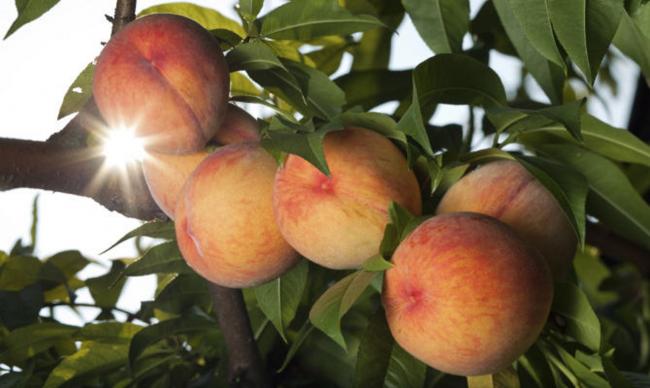ORGANOLEPTIC CHARACTERIZATION AND COMMERCIAL CLASSIFICATION OF PEACHES NECTARINES TO DIFFERENT TASTING LINES

The proposed research project is to create two categories of nectarine based on the organoleptic characteristics ("sweet and crunchy line" and "balanced taste line") overcoming the current indications concerning the type of fruit (yellow or white flesh). This is to launch a more effective market segmentation policy on new bases.
A survey has carried out on the final demand and a monitoring on the intermediate one, in order to develop targeted marketing strategies.
Organoleptic differentiation and production analysis, in order to define a commercial classification model, based on precise organoleptic parameters
For each cultivar a harvest index will be defined according to the commercial destination, as well as the maximum storage period.
Verification of the qualitative perception by the consumer, by three distinct phases: consumer testing; sales tests; data processing and output.
The analysis of the demand for peaches and nectarines in Italy will allow us to know the profile of the typical buyer, the reasons that lead him to purchase and the degree of satisfaction perceived for the fruit, the current potential of the demand for nectarines and its probable transformations future, the penetration rate of the product, purchasing criteria and drivers that modify household consumption behavior.
The organoleptic differentiation and productive analysis will allow to define a commercial classification model based on precise organoleptic parameters able to discriminate the cultivars and classify them according to two taste lines (of "sweet" and "balanced / traditional" taste) and consequently to aggregate the varieties according to the two classes identified, in order to have a tool to segment the market and retain the consumer. For each cultivar a collection index will be defined according to the commercial destination (immediate or after conservation), as well as the maximum storage period. The consumer tests and sales tests will be used to verify if the average consumer is able to perceive the difference between the two taste lines and the feasibility of presentation and sale in distinct form at the GDO.
| Titolo/Descrizione | Url | Tipologia |
|---|---|---|
|
Sito web del progetto
|
Sito web
|
|
|
Il video del progetto
|
Materiali utili
|